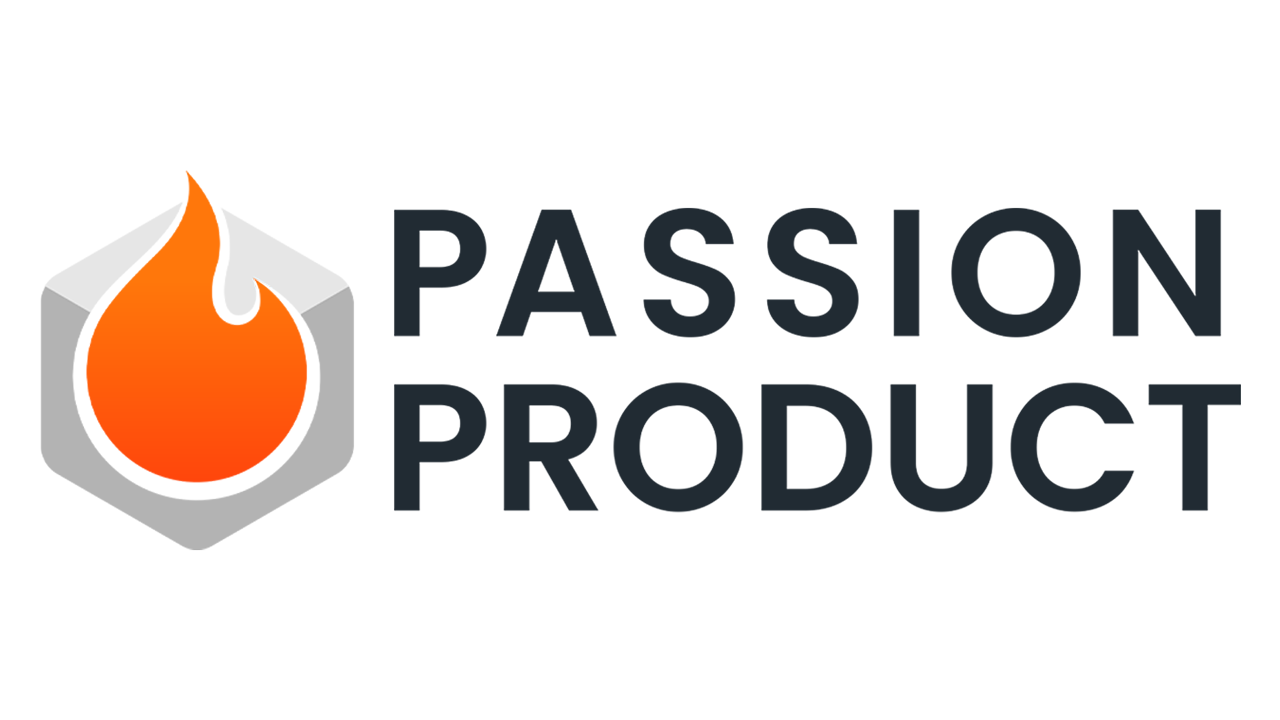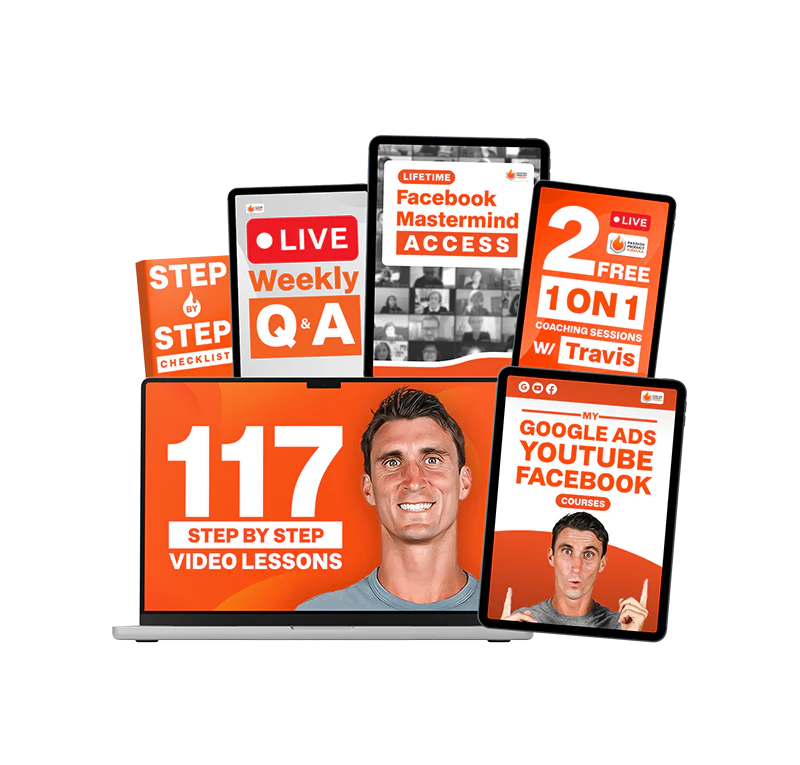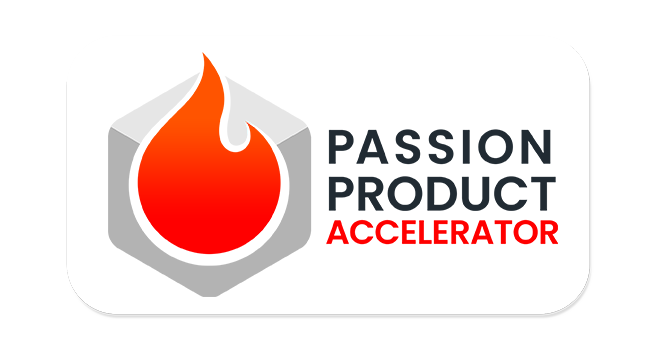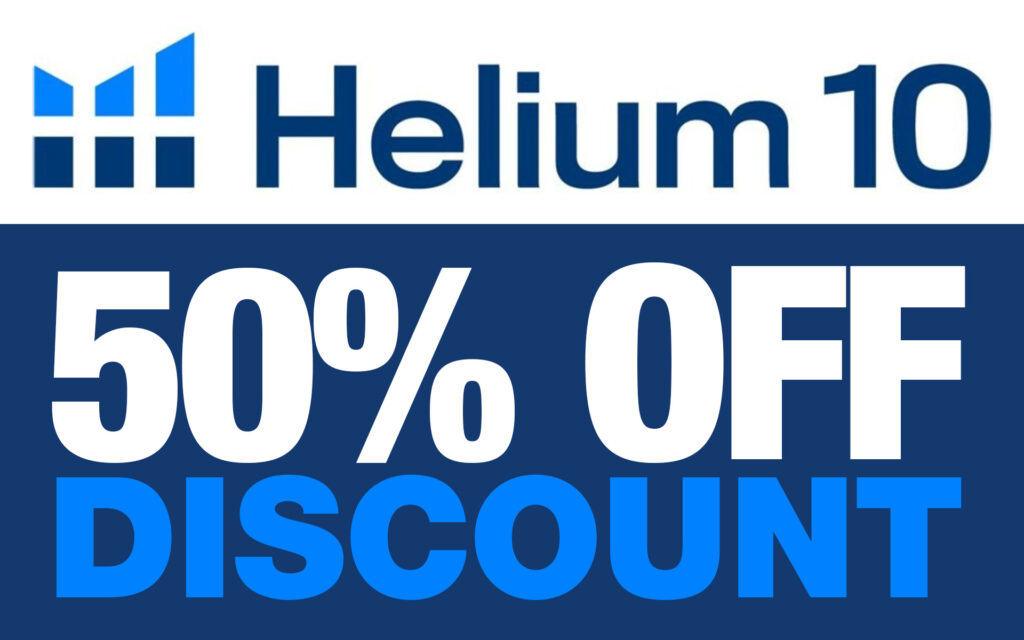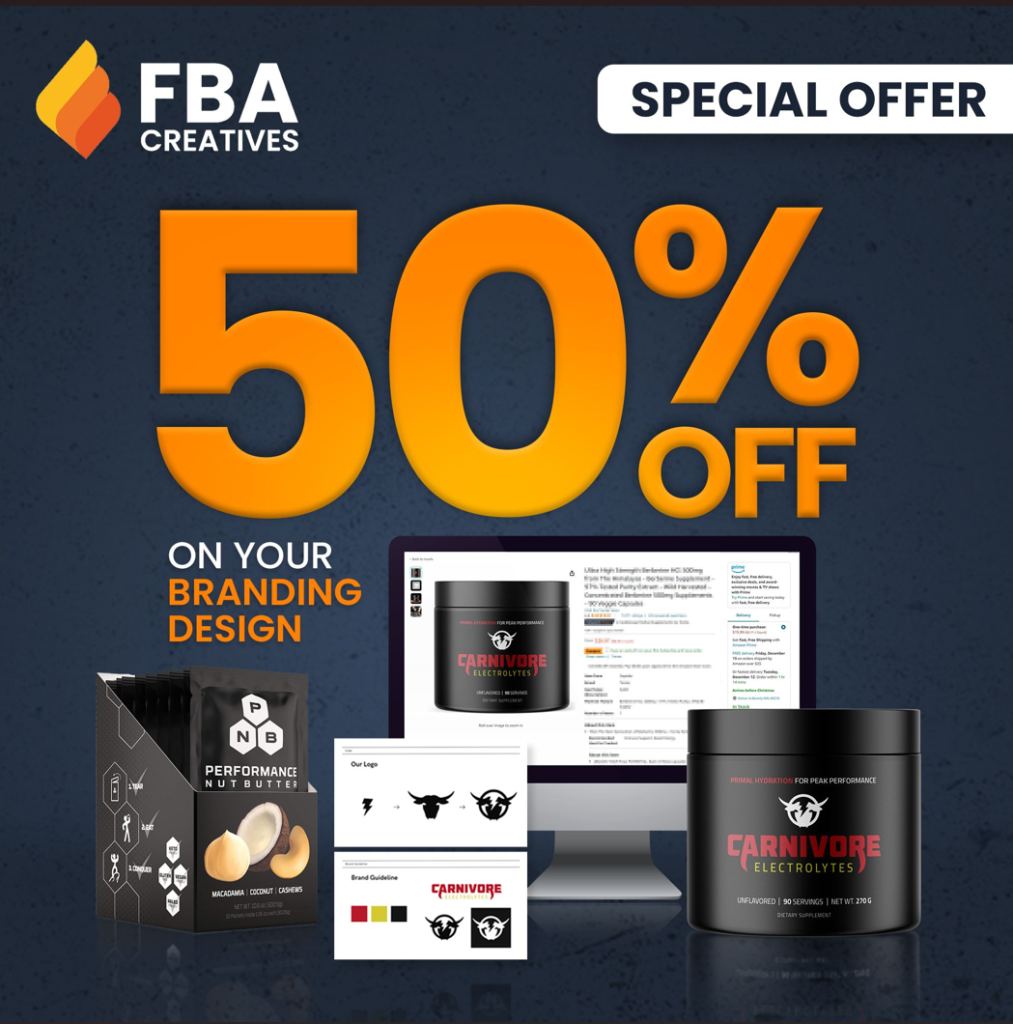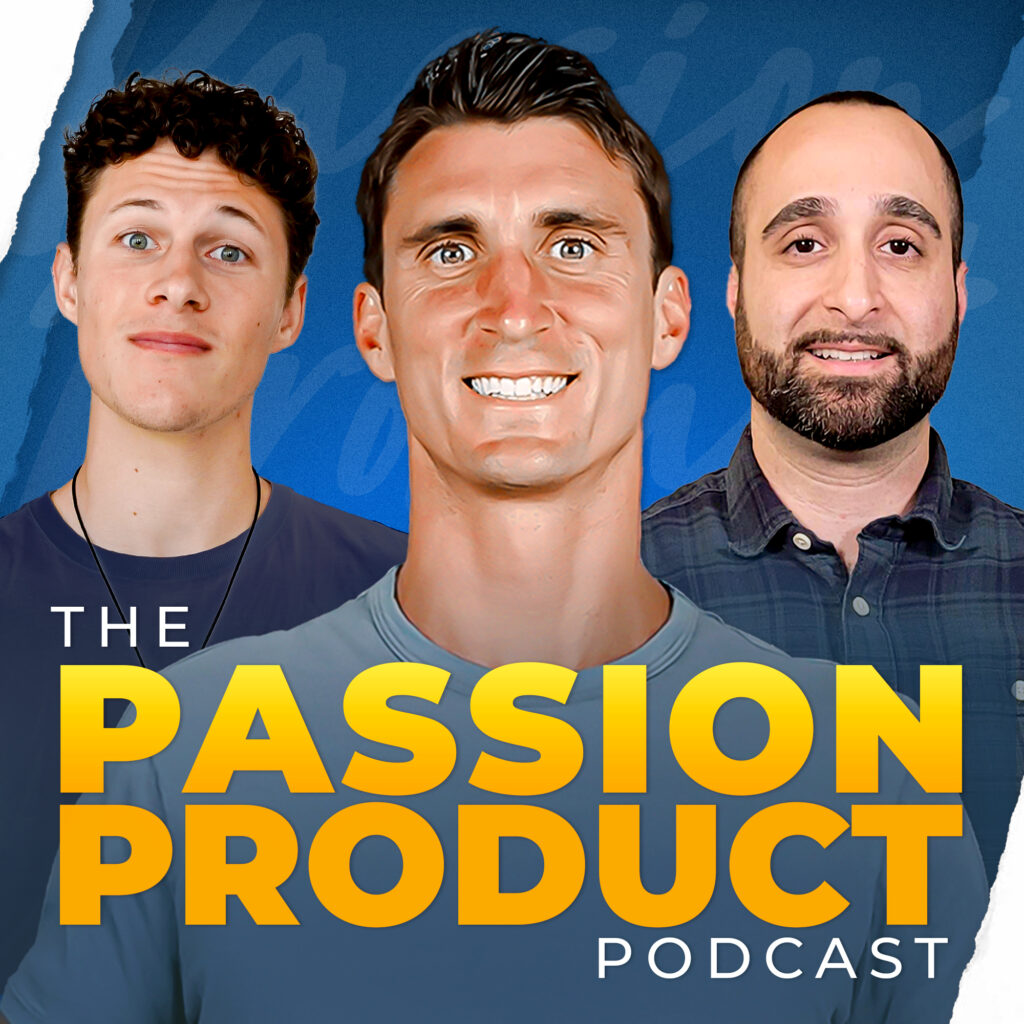Are you thinking about starting your own Amazon FBA business but don’t know where to begin? In this video, Steven Pope shares his inspiring journey of launching the Age of Sage brand on Amazon. From investing in product research to navigating challenges in logistics, Steven provides a transparent look at the costs, mistakes, and strategies that shaped his e-commerce success.
Watch the full video here.
Starting an Amazon FBA business can be both rewarding and challenging. Steven Pope’s journey is a testament to the opportunities and pitfalls that await new sellers. In this article, we break down the steps he took, the costs involved, and the lessons he learned while building his men’s natural soap brand, Age of Sage. Whether you’re a beginner or an experienced seller, these insights will help you avoid common mistakes and scale your business effectively.
Getting Started: Initial Investments
1. Product Research with Helium 10
Steven began his journey by subscribing to Helium 10, a powerful tool for product research. For $99 per month, he used Helium 10 to analyze keyword demand, sales estimates, and competition.
2. Logo and Packaging Design
To establish a strong brand identity, Steven invested:
- $250 with 99designs for logo creation.
- $50 using PikFu for A/B testing various designs.
3. Business Setup Costs
He spent:
- $200 to register an LLC.
- $925 for a trademark through the USPTO, which opened access to Amazon features like A+ Content and Sponsored Brand Ads.
4. Sampling and Manufacturing
Steven tested samples from three U.S.-based soap manufacturers, spending $100 per sample. He committed $5,000 to his first production run, which included cutting soap loaves and packaging them in-house.
5. Amazon Seller Subscription
He opted for the Professional Selling Plan at $39.99 per month to unlock advanced advertising features and build trust during Amazon’s honeymoon period for new sellers.
Launching the Age of Sage Brand
Choosing a Niche
Steven identified an underserved market: men’s natural artisan soaps. Using data from Helium 10, he found that for every 100 women’s soap products on Amazon, there was only one for men. This gap presented a lucrative opportunity.
Product Presentation
Packaging played a crucial role in his launch. He designed sets of four soaps, showcasing them with:
- Square-shaped layouts for the main image.
- Open product shots to highlight the soap’s texture and design.
Initial Launch Results
- Month 1 Revenue: $3,000 from 178 units sold.
- Profit: $664 after accounting for production costs, referral fees, and FBA charges.
Steven strategically launched his product during the holiday season, leveraging Black Friday and December shopping trends.
Scaling the Business
Utilizing Amazon PPC
Steven invested in Amazon Pay-Per-Click (PPC) advertising to boost visibility and sales. Despite high costs, PPC drove:
- Increased keyword rankings.
- More organic sales over time.
Capitalizing on Seasonal Trends
Valentine’s Day in February provided a significant sales boost, as Steven marketed his soaps as thoughtful gifts. By leveraging holiday-specific messaging, he maintained momentum during slower months.
Mistakes and Lessons Learned
Mistake 1: Launching Too Many SKUs
Steven introduced several soap scents, including niche options like “Pimple Popper” and “Dirty Socks,” which failed to resonate with his target audience. He realized that focusing on his top two bestsellers could have increased profitability significantly.
Mistake 2: Purchasing a Warehouse
In an effort to control production and logistics, Steven invested in a warehouse and manufacturing equipment. This decision led to:
- High overhead costs for rent, utilities, and salaries.
- Increased complexity in managing operations.
He advises new sellers to avoid such commitments early on and leverage Amazon’s infrastructure instead.
Mistake 3: Delaying His Start
Steven regrets not starting sooner, estimating he lost at least $50,000 in potential profits by waiting. His advice: take the plunge and begin learning through action.
Results and Future Goals
Despite challenges, Steven’s brand achieved impressive milestones:
- Year 1 Revenue: $99,941.
- Net Loss: $1,400 after accounting for all expenses, including advertising and startup costs.
By focusing on growth over short-term profitability, he positioned Age of Sage for long-term success. In 2024, the brand generated $27,725 in revenue within six months, with $3,900 in profit.
Conclusion
Steven Pope’s story highlights the potential of Amazon FBA while shedding light on the importance of careful planning and strategic investment. By learning from his mistakes and applying his insights, aspiring sellers can create profitable businesses and achieve sustainable growth.
